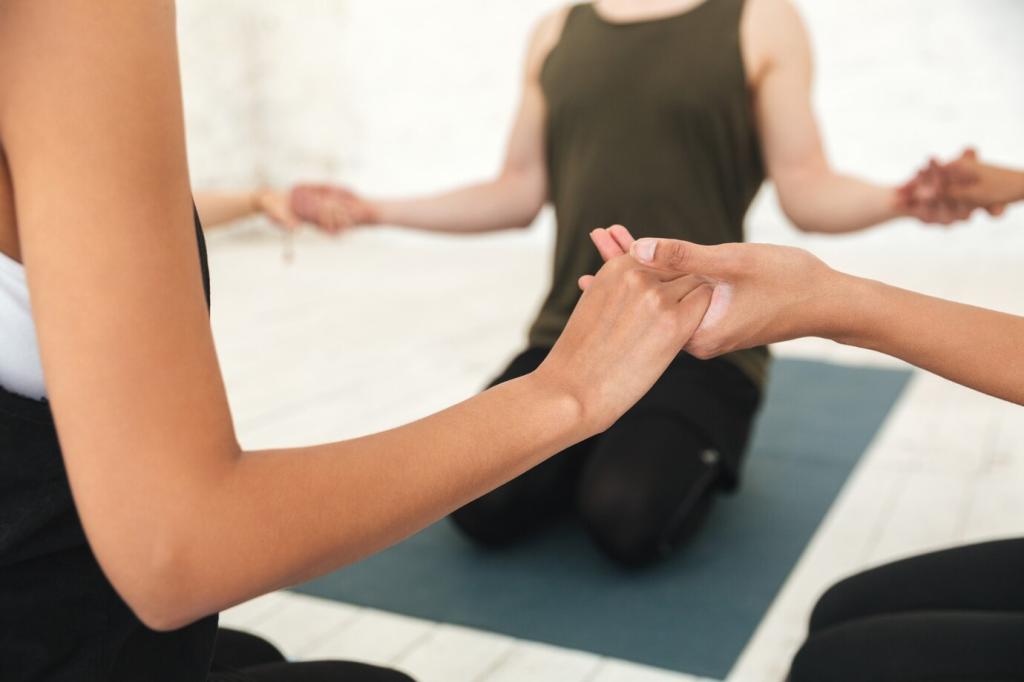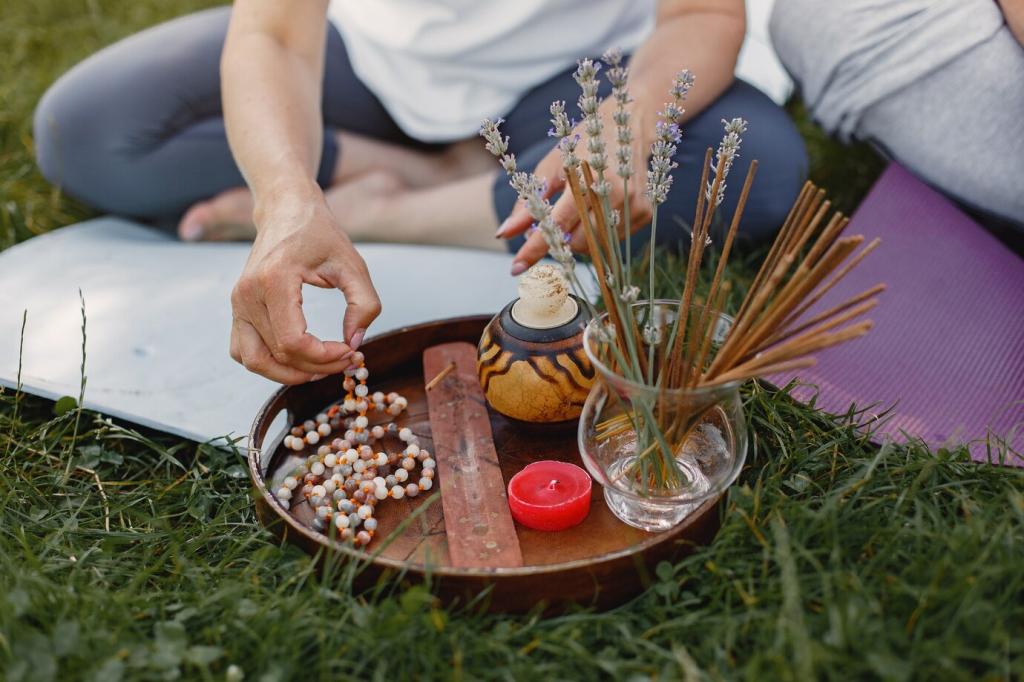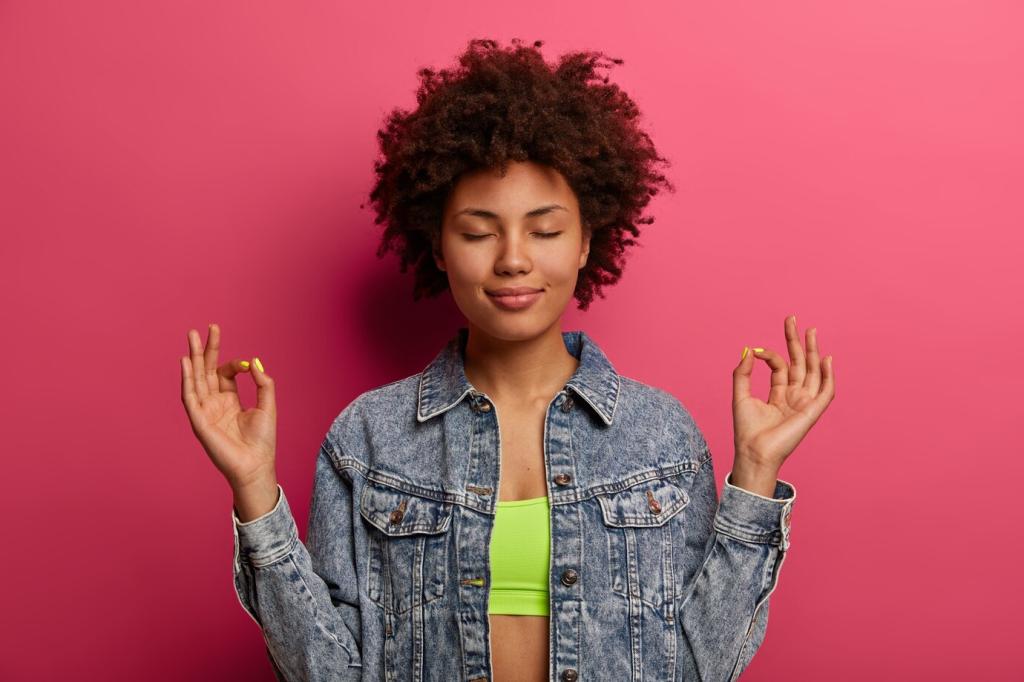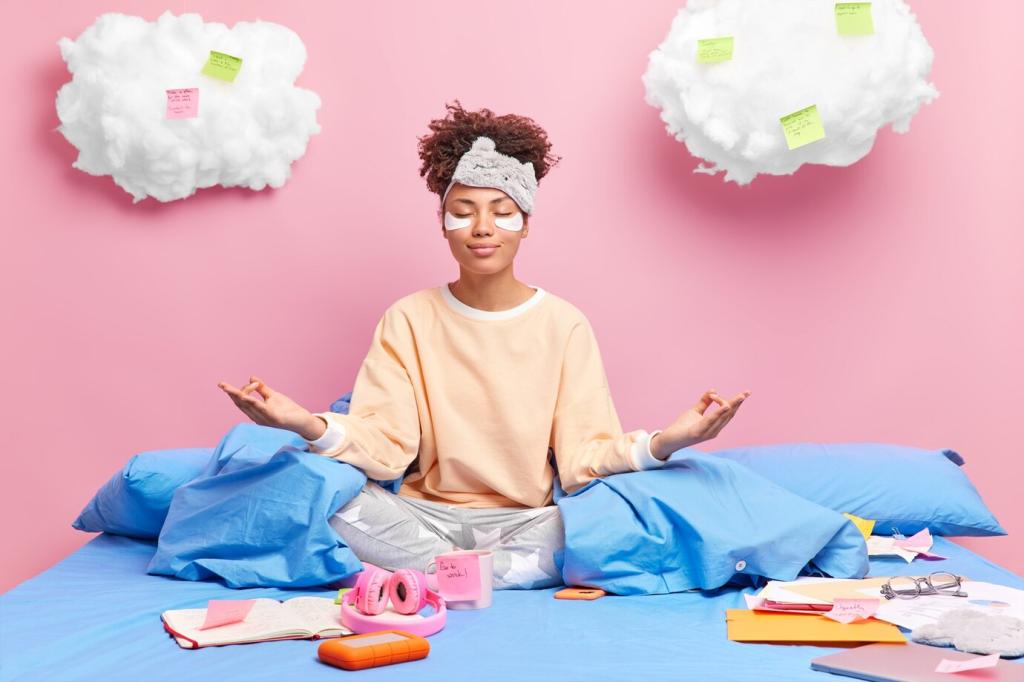Design Your Personal Body Scan Ritual
Start with five to ten minutes, then lengthen as comfort grows. Pick two anchor times—morning and evening—to automate the habit. A simple calendar reminder or supportive buddy text can help you return to your guided body scan when motivation dips.
Design Your Personal Body Scan Ritual
Experiment with voices, pacing, and ambient sounds. Some prefer nature; others enjoy quiet. Choose language that feels inclusive and steady. If silence suits you, record your own prompts to guide attention gently through each body region with patience and warmth.
Design Your Personal Body Scan Ritual
After each guided body scan, jot a few notes: energy level, emotions, and standout sensations. Patterns emerge, helping you tailor timing and focus. Share reflections in the comments—your insights can inspire someone developing their first sustainable relaxation ritual.
Design Your Personal Body Scan Ritual
Lorem ipsum dolor sit amet, consectetur adipiscing elit. Ut elit tellus, luctus nec ullamcorper mattis, pulvinar dapibus leo.






